Little known facts about the first animated film
In 1908, the world witnessed the birth of the first animated film “Fantasmagorie” and 51 years later (in 1959), amidst the flames of war, the Vietnamese animation industry set its first strokes with the work “Deserves the Fox”. The 10-minute graphic work was made by a group of artists Le Minh Hien, Truong Qua, and Ho Quang of the Vietnam Animation Studio (now the Vietnam Animation Studio Joint Stock Company) in the last few months of 1959. With its rustic, emotional strokes and simple, gentle images, the work has left a deep impression on the audience, creating a special and unforgettable impression.
Adapted from the fable “The Fox and the Beehive”, “Deserves the Fox” conveys a profound message about a close and lasting friendship. Thanks to its simple yet meaningful fairy tale plot and tightly structured script, “Deserves the Fox” has opened a new page in the history of Vietnamese art when it pioneered the use of traditional hand-drawn techniques to tell a meaningful fable.
Moreover, “Deserves the Fox” also surprised with its excellent animation techniques compared to the production conditions at that time. Before 1959, most Vietnamese filmmakers had never been exposed to the film drawing process, nor did they have a complete animation production line, so completing an animated film was a huge challenge. Not to mention, making an animated film required an extremely high level of meticulousness, meticulousness and patience.
However, “Deserved It” still shows impressive quality, especially in the way the characters move. According to reviews, the characters in the film move almost continuously in every situation, showing that the number of drawings to create smoothness for the film is extremely large. All the drawings in the frames of the film are consistent, bringing a complete visual experience to the viewer.
In particular, the film is notable for its simple character designs but with many complex movements. For example, the Fox has a flexible body, the Bear has many details that the artist has to handle in terms of perspective and block creation when the character turns his head in different directions at low speed; the Chicken has many curves contrasting with its straight, thin legs, the chicken's tail is created as a large piece contrasting with the chicken's head...
It can be said that the film “Deserves the Fox” was released, marking a memorable milestone in the development of the Vietnamese animation industry. Thanks to its excellent technical elements and engaging plot, “Deserves the Fox” won the Golden Lotus Award at the 2nd Vietnam Film Festival in 1973. This is a testament to the country’s cinema’s recognition of the film’s contributions, opening a new chapter for Vietnamese animation.
The flow of Vietnamese animation over time
From the success of “Deserves the Fox”, the Vietnamese animation industry continued to grow strongly and create remarkable works. In the context of war, animation artists still persistently pursued their passion and career, despite difficulties and shortages, from material to working space. Thanks to that, they constantly innovated, bringing films with special marks, both in quality and quantity, contributing to affirming the maturity of the Vietnamese animation industry.
In 1967, with a love for the profession, determination to explore and apply creativity, Vietnamese animation artists successfully produced the first color film “Song on the cliff”. The work marked a great step forward, bringing Vietnamese animation to a new milestone. Three years later, in 1970, another color animated masterpiece called “The Dancing Skeleton” was born, with bright colors and cheerful music, attracting the attention of a large number of young audiences.
During this period, Vietnam became one of the leading countries in the field of animation production not only in Southeast Asia but also in Asia in general. A series of Vietnamese animation films won prestigious awards both domestically and internationally, typically “Kitten” won the Silver Award at the Romanian Film Festival in 1966 and the Certificate of Merit at the German Film Festival in 1967. Or “The Story of Mr. Giong” won the Gold Award at the German Film Festival in 1971 and the Certificate of Merit at the Moscow Film Festival in the same year.
Then, from 1976 to 1985, this is considered an important development period of Vietnamese animation. After the country was unified, although there were still many influences from the war, Vietnamese animation had made significant progress. This period, thanks to the strong support of abundant resources and the transfer of industrial machinery, created favorable conditions for the rapid development of the industry.
However, it was not until 1992 that the Vietnamese animation industry officially transformed with a major turning point. “The talented carver” was born, becoming the first computer animated film in Vietnam, marking a new era from manual methods to digital technology. Directed by People's Artist Pham Minh Tri, the film used computer technology to create unique visual effects, opening up a limitless creative space and paving the way for the strong development of Vietnamese animation in the following years.
From 2001 to 2010, the appearance of many domestic and foreign film studios brought a new wave, enriching the Vietnamese animation industry. However, despite the "invasion" of foreign animated films, purely Vietnamese works such as "Tit and Mit" or "The Adventures of Ong Vang" still maintained a solid position, becoming classic films associated with the childhood of many generations and affirming the unique identity of Vietnamese animation.
 |
“Dancing Skeleton” - one of the first color animated films. (Photo: Cut from clip) |
At this time, the Vietnamese animation industry also witnessed a strong transformation when applying 2D and 3D computer graphics technology, gradually replacing traditional methods. Although the works in this period are still in the process of completion, efforts to catch up with international trends and constantly improve in terms of images, content, techniques and technology, contribute to improving the quality of the industry.
The work “Under the Tree” in 2011 is one of the outstanding 3D films, bringing realistic and profound frames, touching the hearts of viewers. This is also the time when Vietnamese animation is increasingly approaching the market and the tastes of the audience. Since 2016, 3D technology has made great strides, opening up countless new creative opportunities.
In 2019, when the film “The Broken Body: Prequel” - a work for adults was released, it caused a big stir and attracted strong attention from the public and the press. The work marked a leap in the depth of content and graphics of the studio, participating in many large and small film festivals around the world and winning a number of awards, including the Best 2D Film award at the KHEM Animation Film Festival, USA.
In particular, 2023 marks important historical events in the flow of Vietnamese animation. For the first time, Vietnamese animation launched the long-running animated film project "Trang Quynh in his silly days" on the Internet and the theatrical film "Wolfoo and the mysterious island", produced entirely by Vietnamese human resources. These two masterpieces are not only loved domestically but also received a warm welcome from international audiences. With funny drawings and light educational content along with a harmonious combination of traditional and modern elements, they have brought a new work about familiar characters, leaving a strong impression on the audience.
So, after 66 years of development, from the early days when animation was still a new field, up to now, the Vietnamese animation industry has witnessed the birth of many film studios and a series of high-quality animated works. Up to now, Vietnamese cinema has produced about 800 animated films, with an average scale of 25 to 30 films per year, clearly demonstrating the strong development potential of the industry. These great strides not only show the passion and perseverance of Vietnamese artists but also open up dreams and aspirations for the development of animated works imbued with national identity, capable of competing in the international market.
Source: https://baophapluat.vn/dieu-it-biet-ve-nhung-net-ve-dau-tien-cua-phim-hoat-hinh-viet-nam-post545151.html




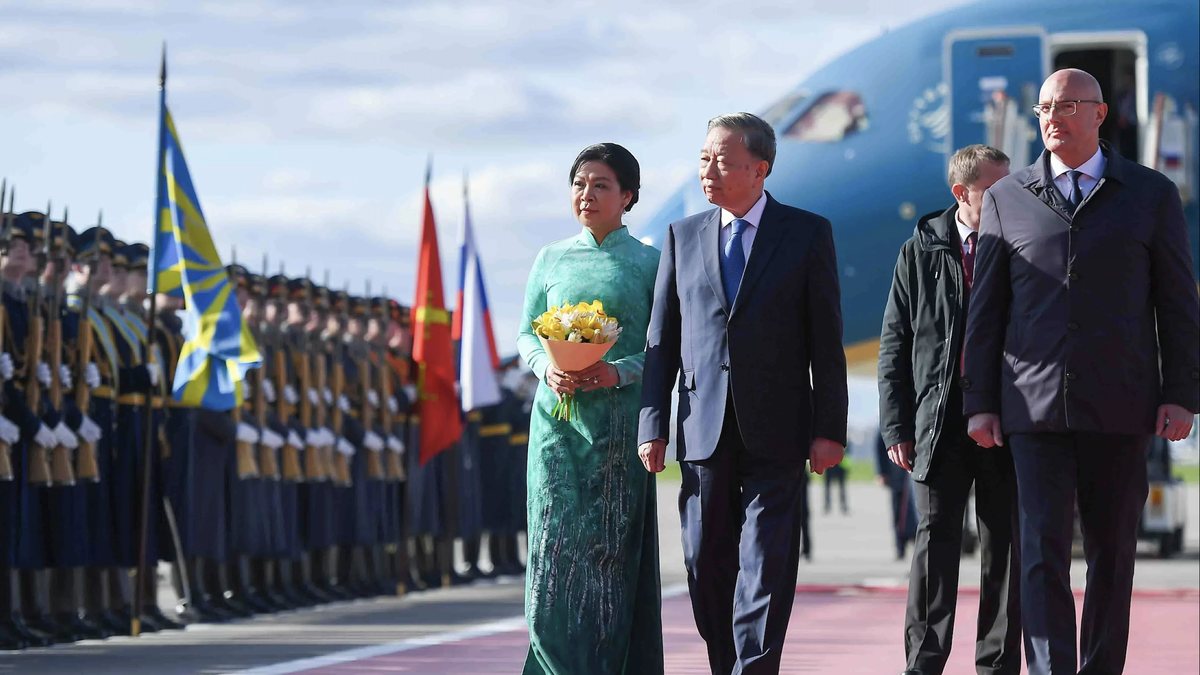

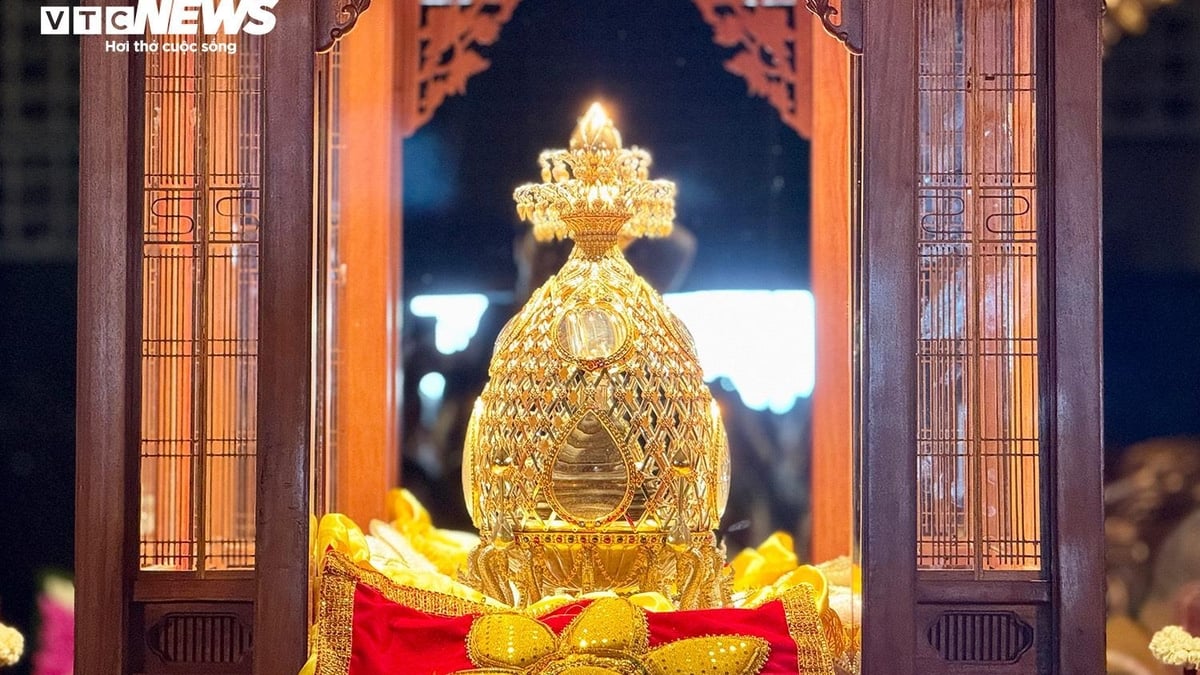




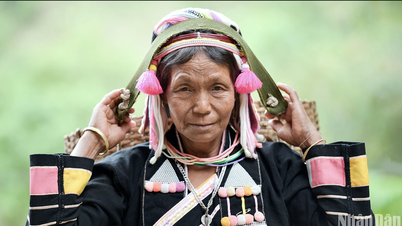

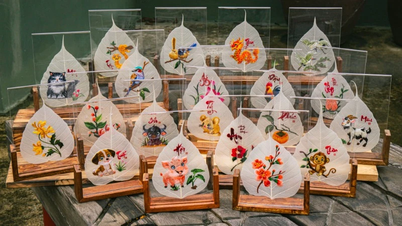







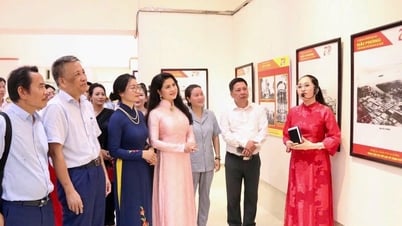
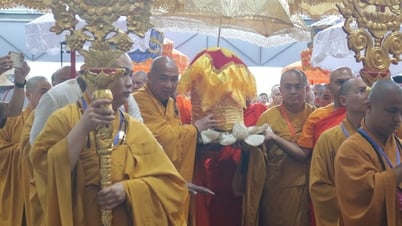

![[Photo] General Secretary To Lam begins official visit to Russia and attends the 80th Anniversary of Victory over Fascism](https://vphoto.vietnam.vn/thumb/1200x675/vietnam/resource/IMAGE/2025/5/8/5d2566d7f67d4a1e9b88bc677831ec9d)

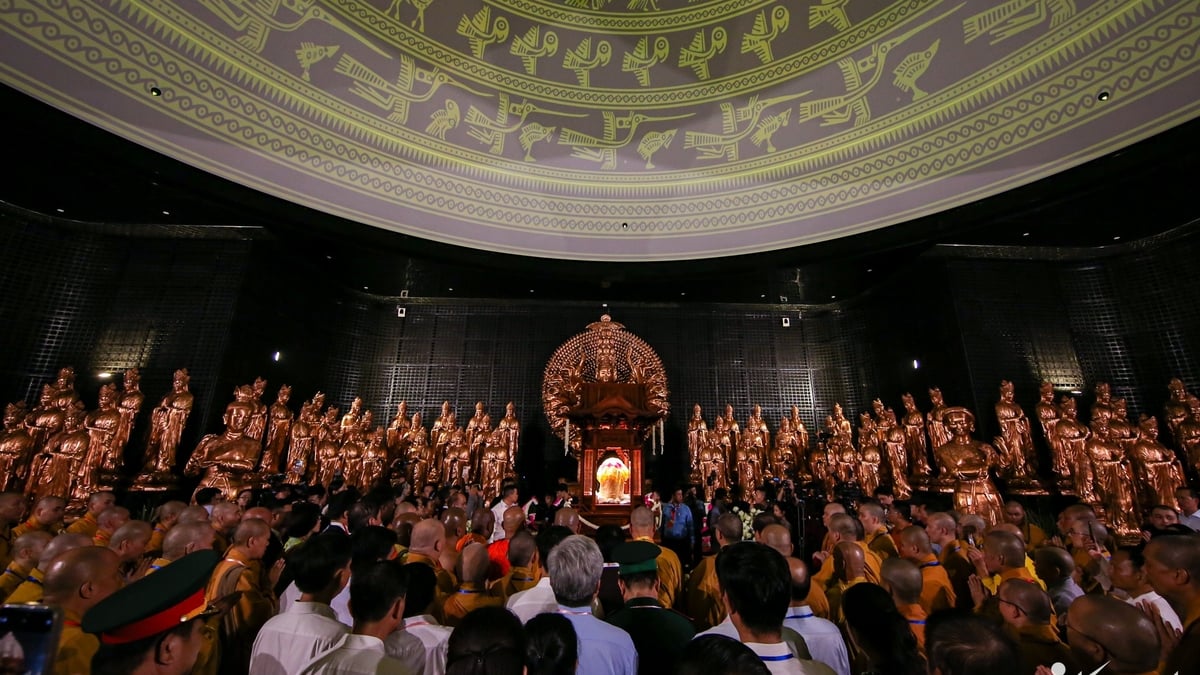




































































Comment (0)